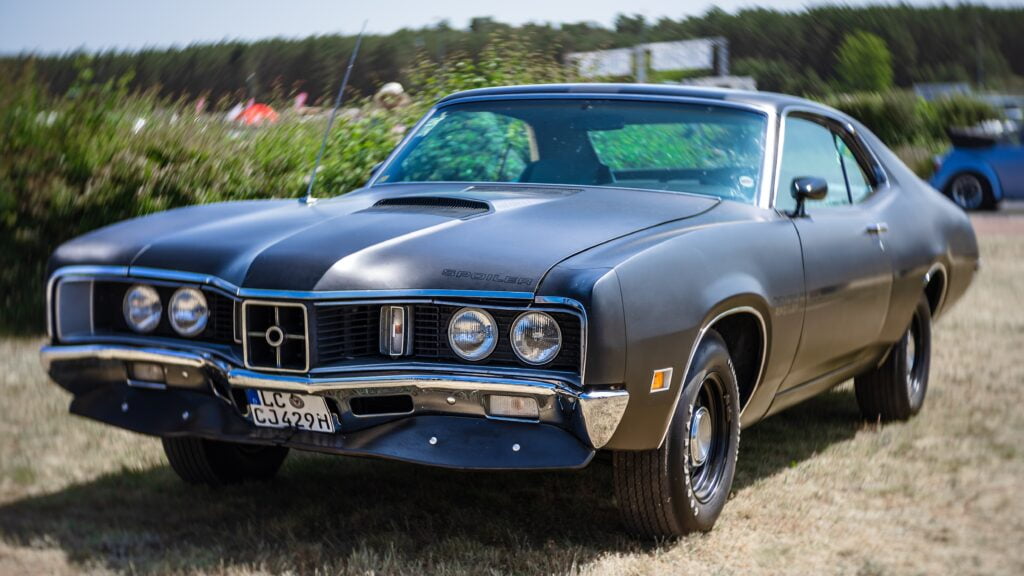The primary purpose of an advertisement is to help increase product sales, which is also valid for car advertisements. Sometimes, in an effort to get consumers to buy a car, advertisements can use words or phrases that are sometimes considered misleading. The use of fancy words or making claims that the car does not do can cause a lot of discontent among consumers, who sometimes feel like they are being tricked into buying a car. These are 22 vintage car advertisements from the past that would be illegal for misleading information:
Volkswagen 1964

One of the main taglines used to advertise the Volkswagen car in an ad from 1964 was, “Women are soft and gentle, but they hit things.” The advertisement was aimed to make fun of how women are bad drivers, but the Volkswagen cars are made with durable materials that can withstand any hits or bumps that come about from being driven by a woman. In modern times, this advertisement would cause a lot of discontent among consumers for being sexist and making it seem like accidents would not cause any damage to the car, which is misleading information.
1956 Chevrolet
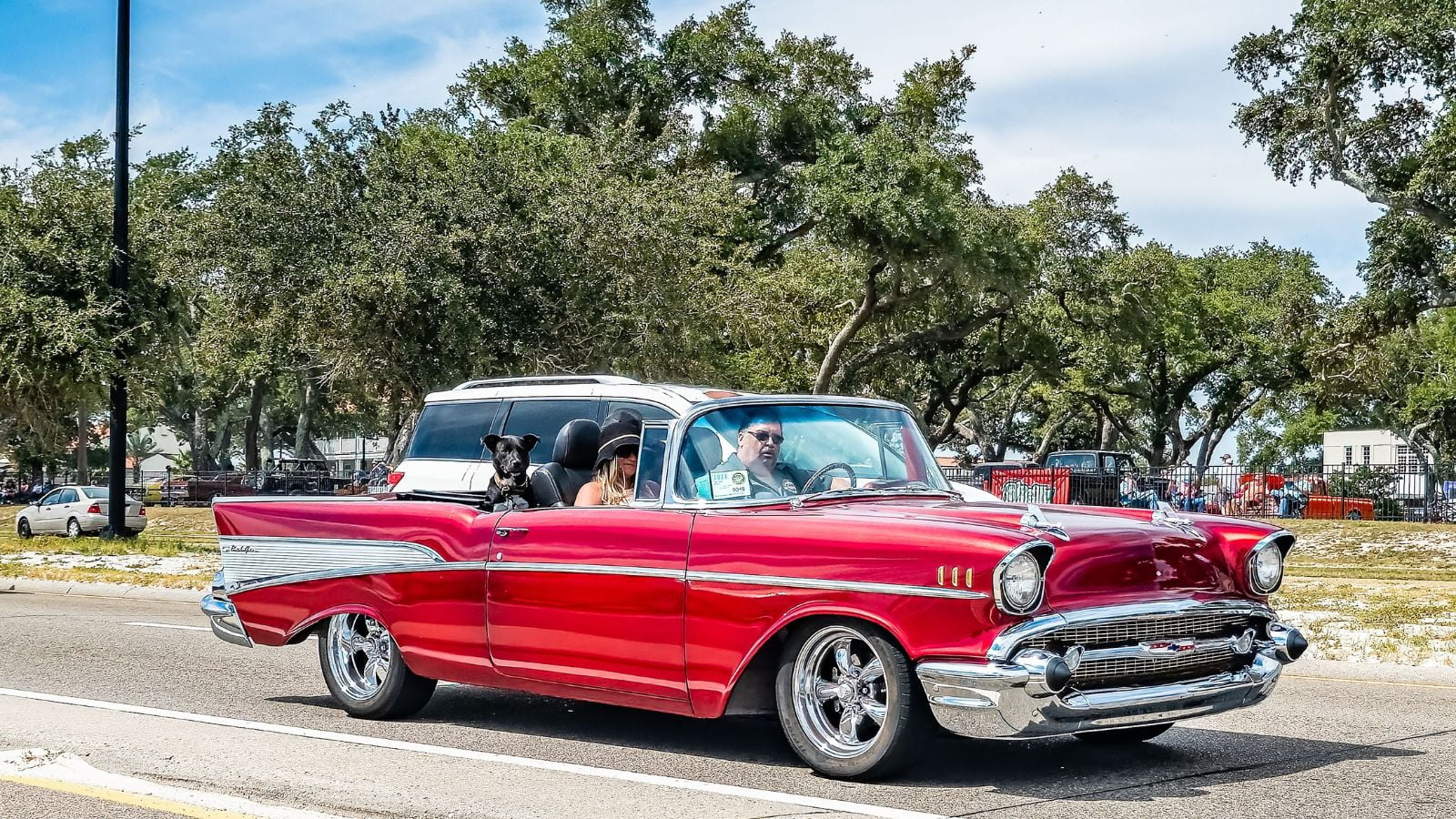
In the ‘50s, many cars were advertised as quick and safe, which was true for the 1956 Chevrolet. The car claimed to provide more safety for the driver and passengers. Yet, like most cars in the ‘50s, it only had minimal safety features. Today, this kind of advertisement is considered misleading and even illegal by many people, which could lead to many avoidable consequences for car manufacturers.
1959 Dodge Dart
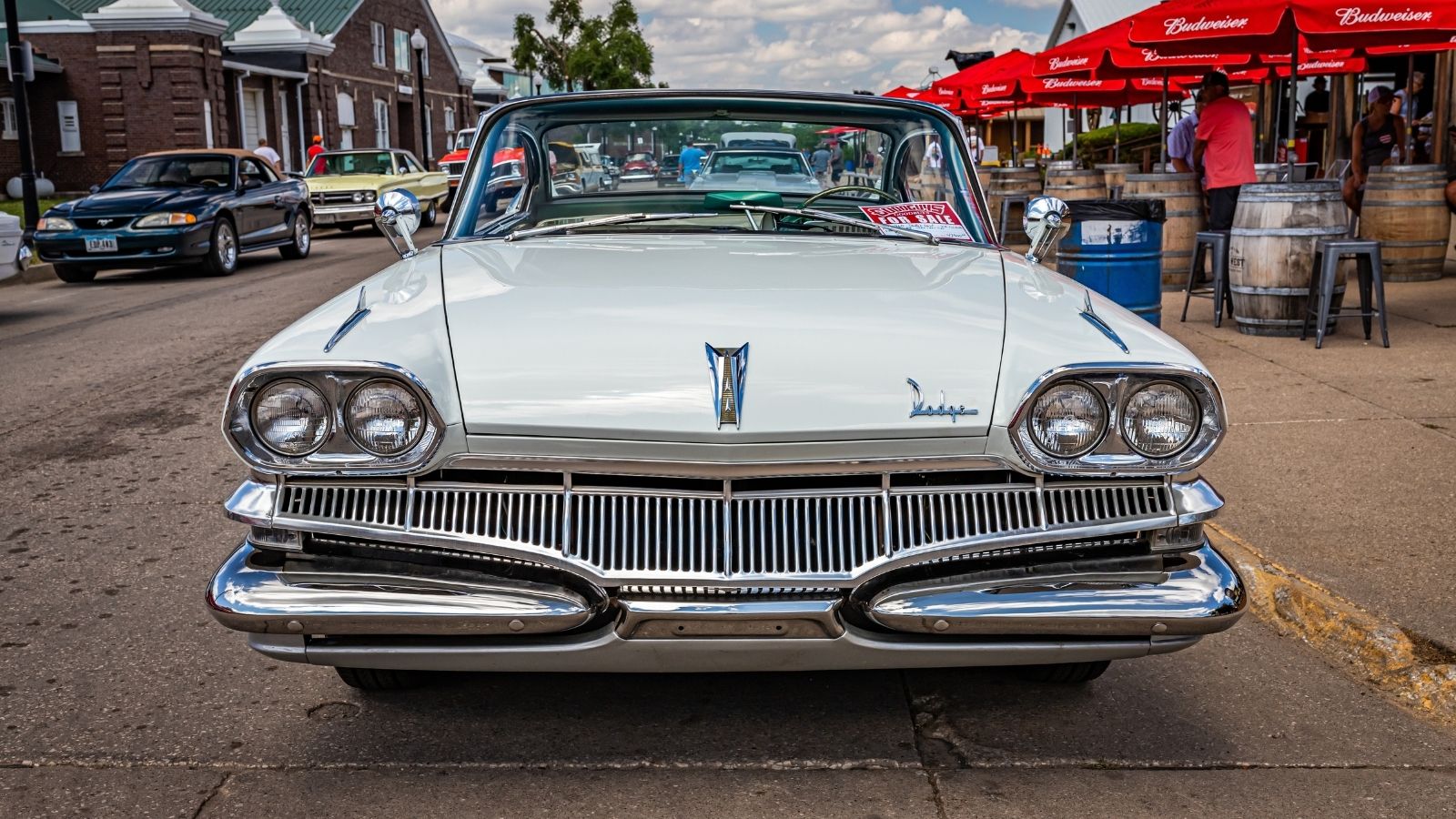
The 1959 Dodge Dart was advertised as part of a new line of economy cars that were more affordable than most cars of the time. The advertisement also mentions that the Unibody is stronger and “virtually eliminates rattles and rust.” This can lead consumers to believe that the car is rattle-free and rust-free, which is excellent for an affordable car. However, this is misleading information as it can begin to form rust with extended use and exposure to elemental forces, as is standard for most cars.
1973 Pontiac Le Mans
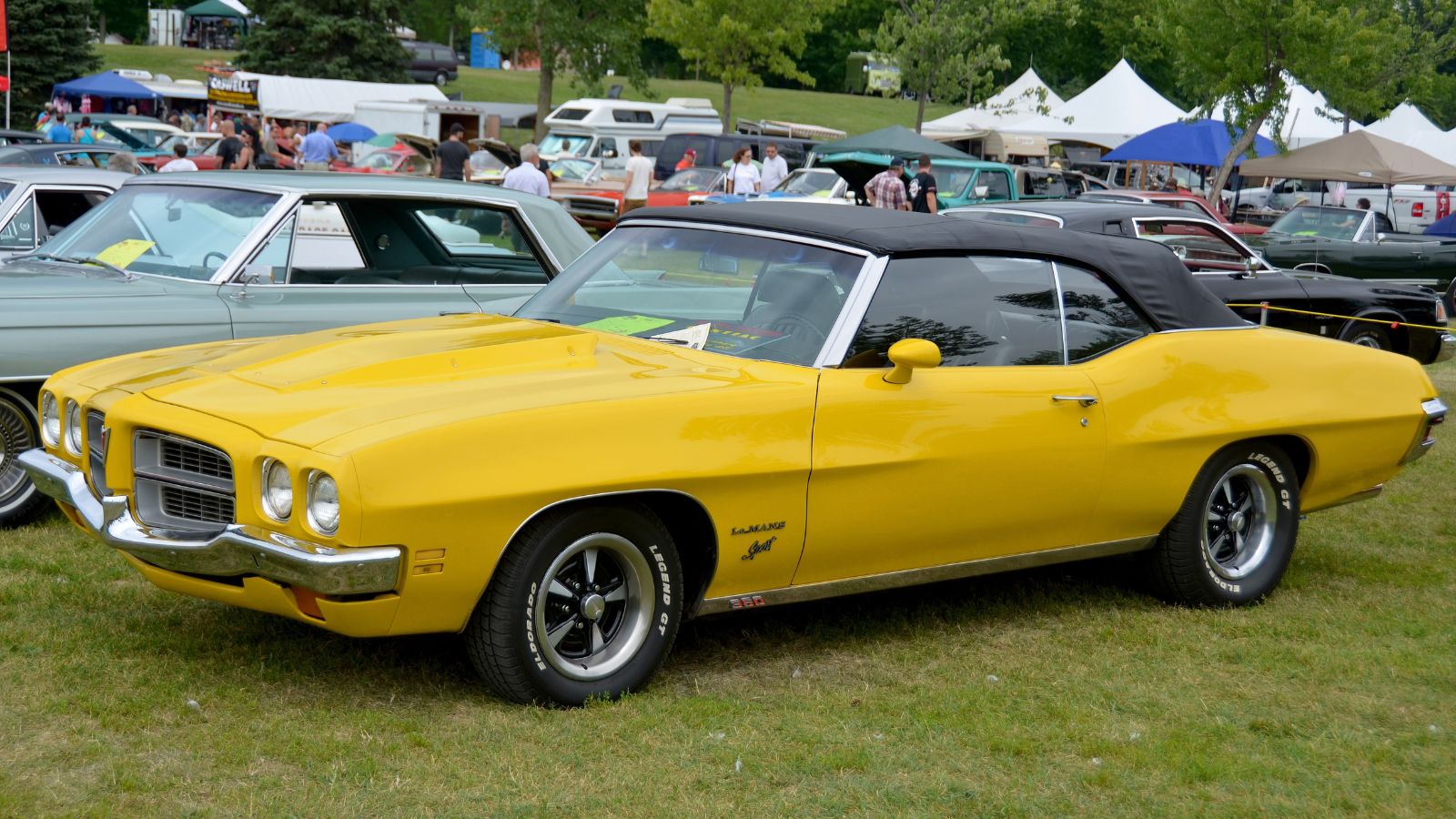
This car was heavily advertised for being able to shun dents and rust because of the sturdy and thick steel that was used to make its underbody. The advertisement of the car also claims that the car has a long list of safety features, including seat belts, head restraints, and energy-absorbing materials. Although the car had all these features, it would still dent on impact, gather rust after extended use, and did not provide the extra safety that most cars of the time had. This would lead many to consider the advertisement to have misleading information, which would also be illegal.
1968 Volkswagen Beetle
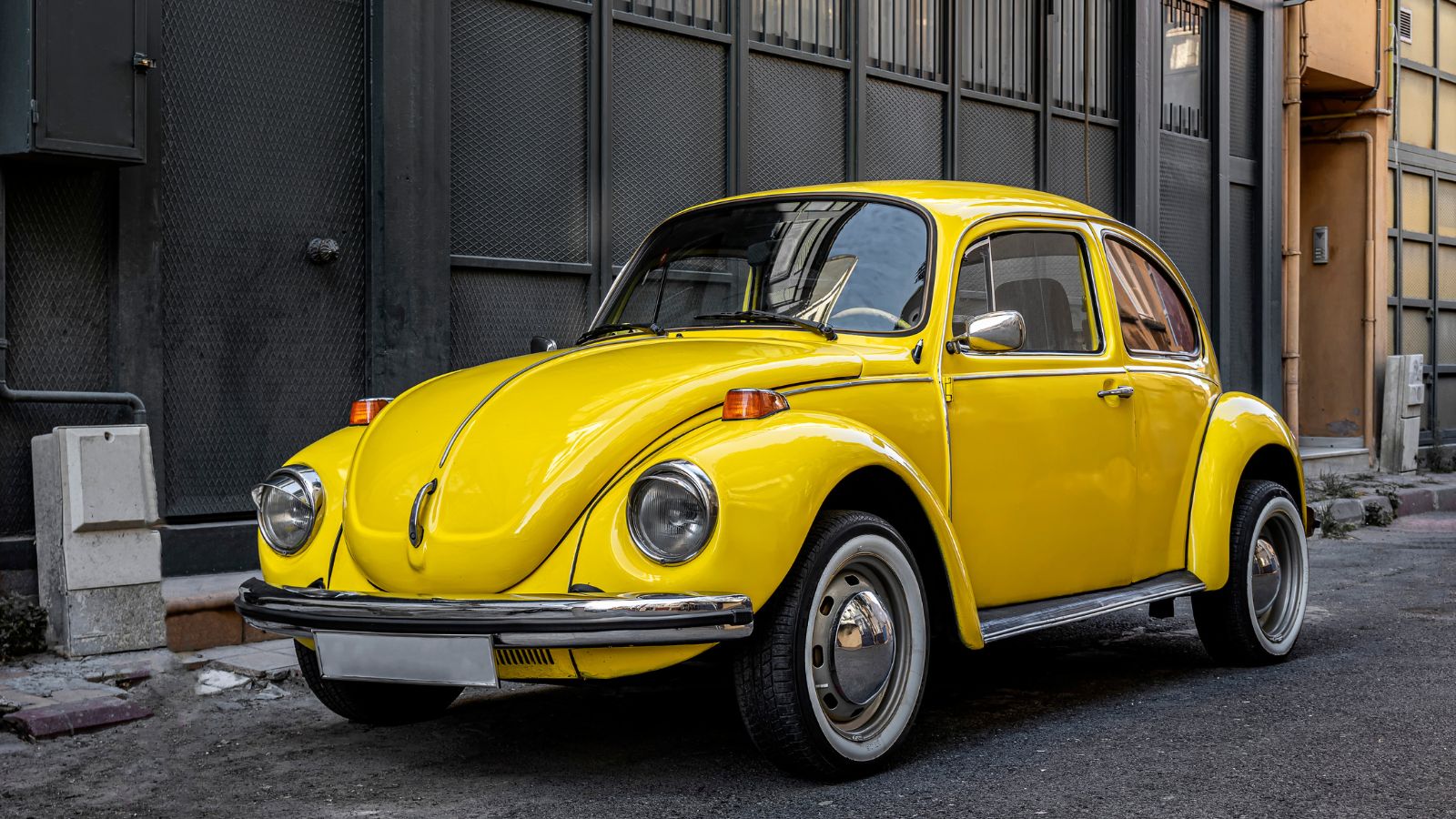
The 1968 Volkswagen Beetle was advertised as being made with some of the most advanced materials, which meant that it required less maintenance than other cars. However, with continued use over a long period of time, the car began to show wear and required just as much maintenance as any other car from the same decade. This misleading information in the advertisement would be considered illegal today.
1959 Cadillac Eldorado
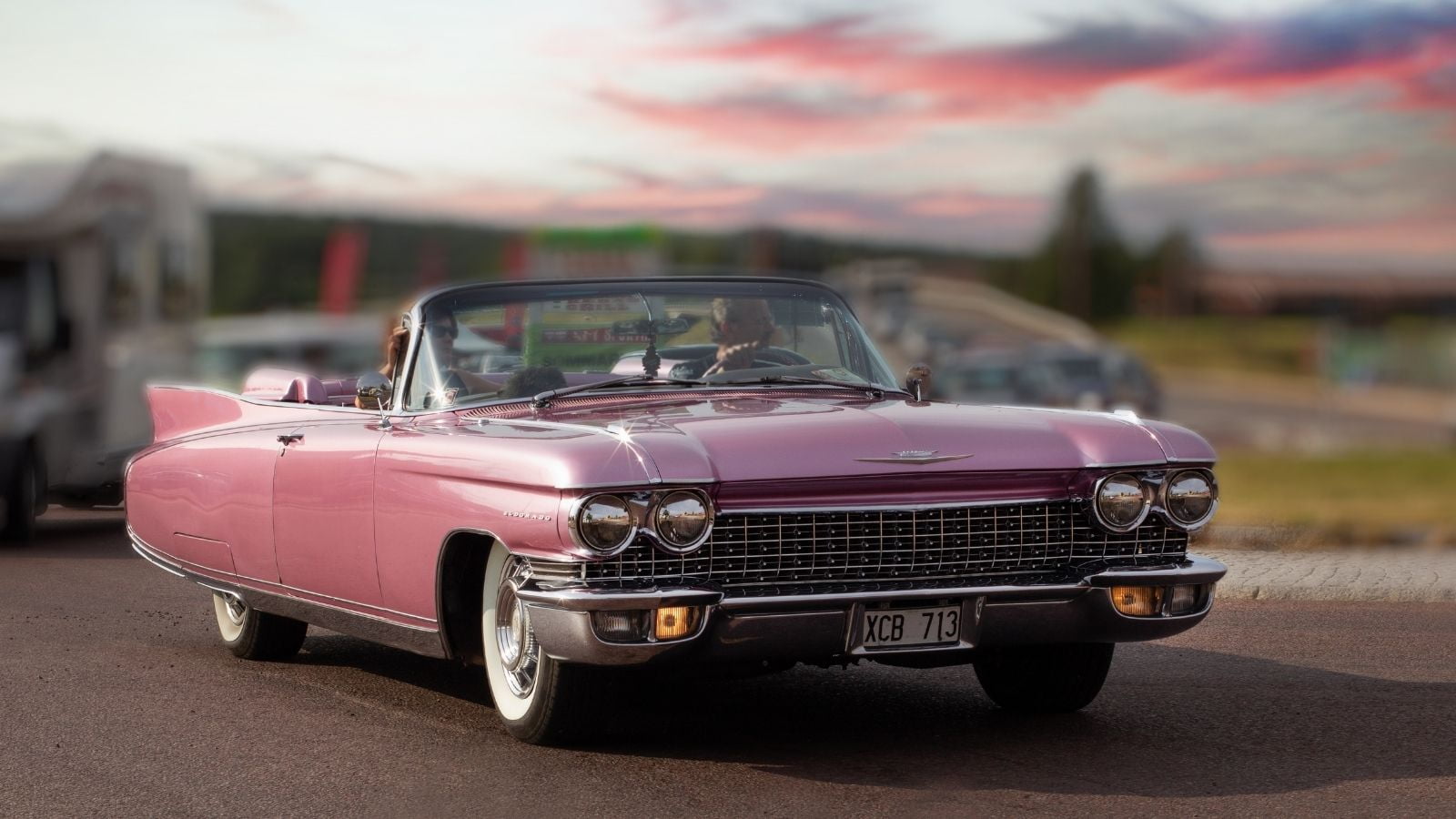
The 1959 Cadillac Eldorado was a sleek car advertised as a tool to help men impress women, who were delighted by it in many ways. This kind of false advertisement could lead many people to buy the car in the hopes of securing the delight of women, yet although the car seemed impressive, it would need to be more to impress women. This kind of misleading information for car advertisements was common during the time and may be considered highly illegal today.
1966 Plymouth Barracuda
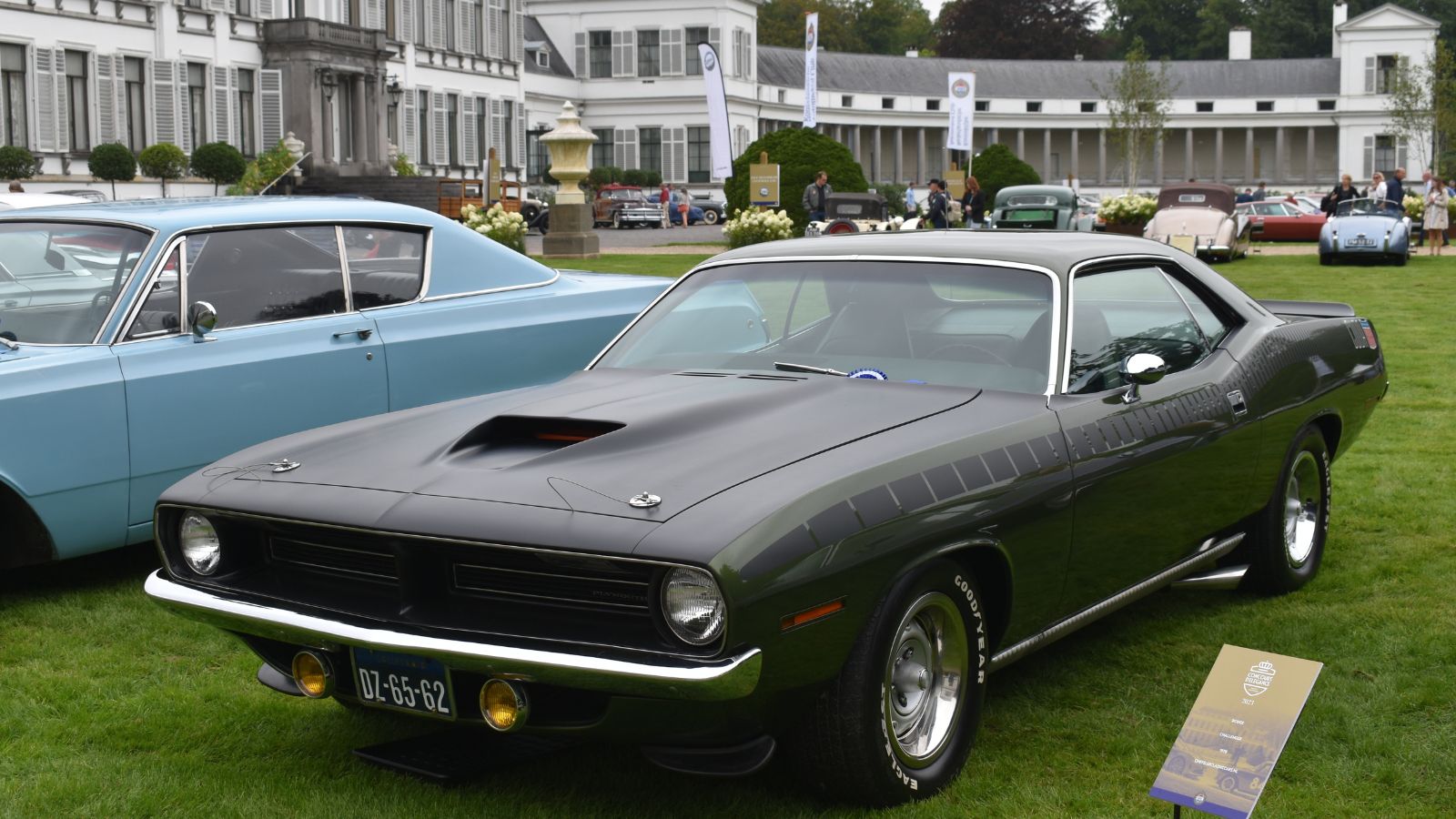
In 1966, the Plymouth Barracuda was advertised under the headline “Put dash and dazzle back into your driving.” Although the tagline is wrong, the rest of the advertisement contains some misleading information. The car claimed to offer “plenty of real comfort and space for four chunky passengers,” which would also be considered quite offensive today. With comfort in a car being subjective and different for one person from another, this promise of comfort may not be attainable for all passengers and would be considered misleading.
1973 Subaru GL Coupe
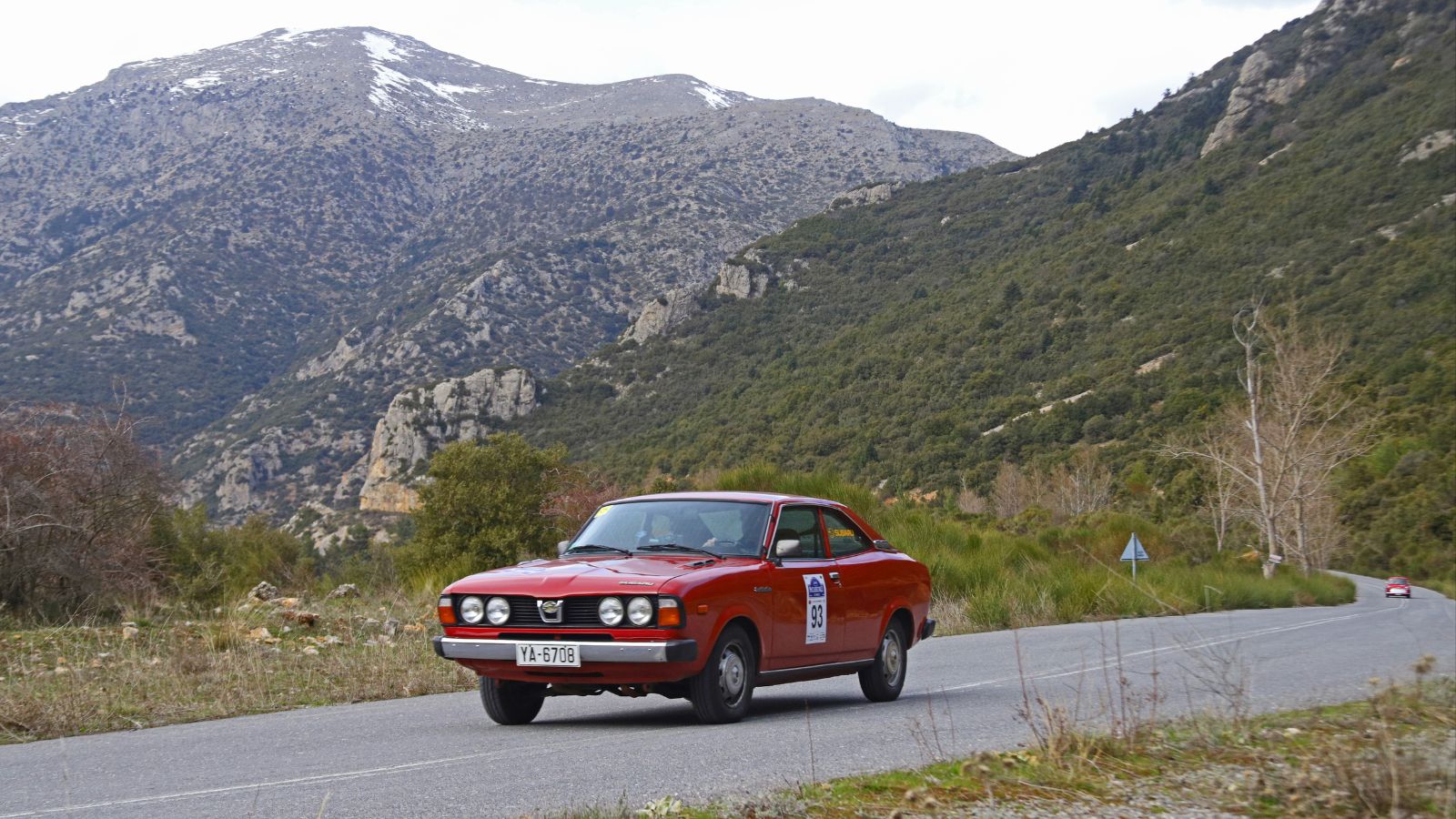
One of the main headlines on the 1973 Subaru GL Coupe advertisement reads, “Like a spirited woman who yearns to be tamed,” likening the car to a woman who wants to be tamed. This tagline would be highly misleading today and could lead to many issues for car manufacturers if advertised in the same way as in the modern world.
1956 Buick Roadmaster
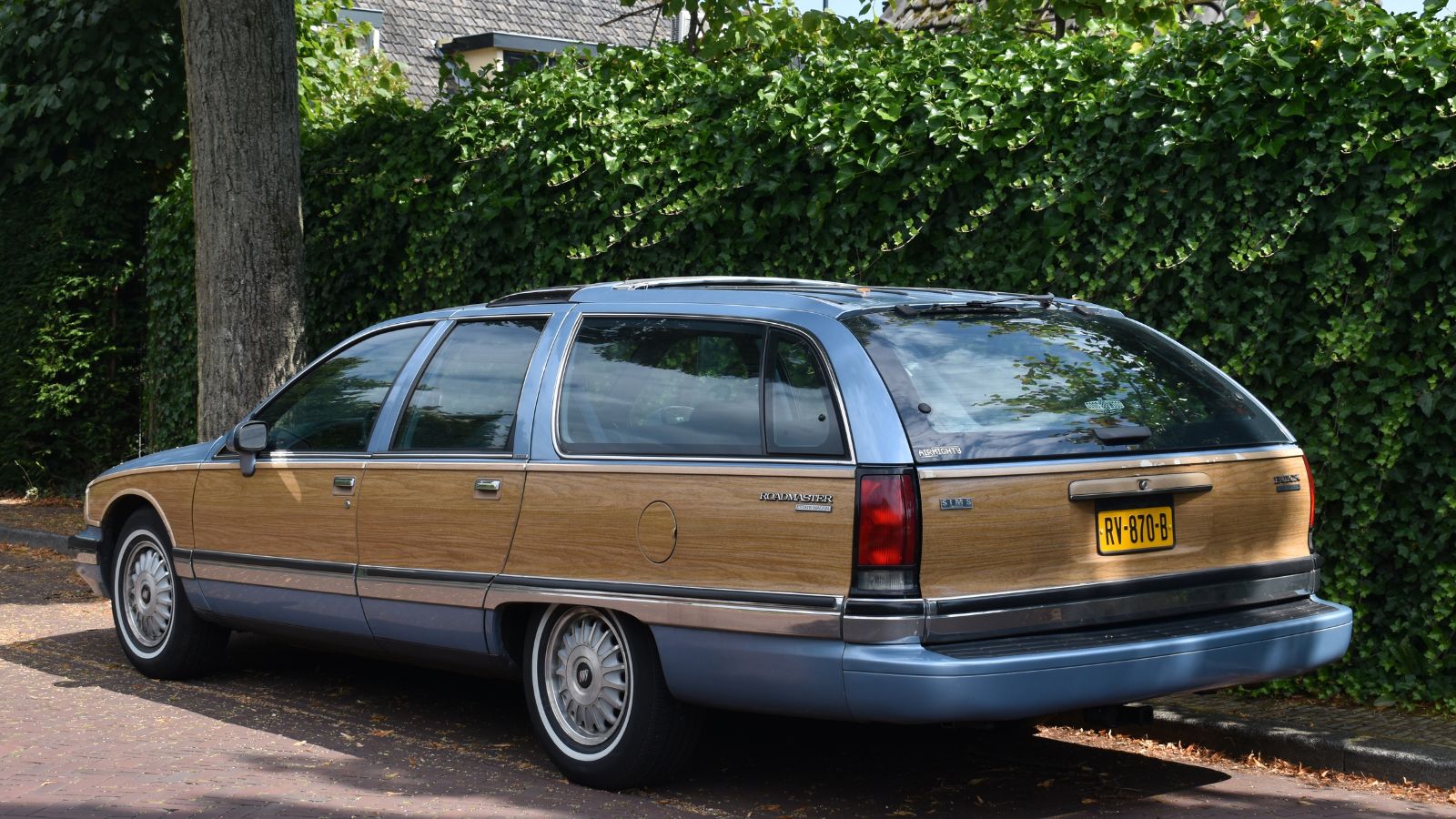
Under the tagline “For the man of success- and with a mind of his own,” the 1956 Buick Roadmaster was advertised as the perfect car for the more successful person who could afford it. This tagline can also lead many to believe that only successful men drive a car. This advertisement would be considered misleading today not only because of the tagline but because of its claim to be able to make a “split-second getaway,” which is virtually impossible even for most modern cars.
1971 Ford Pinto
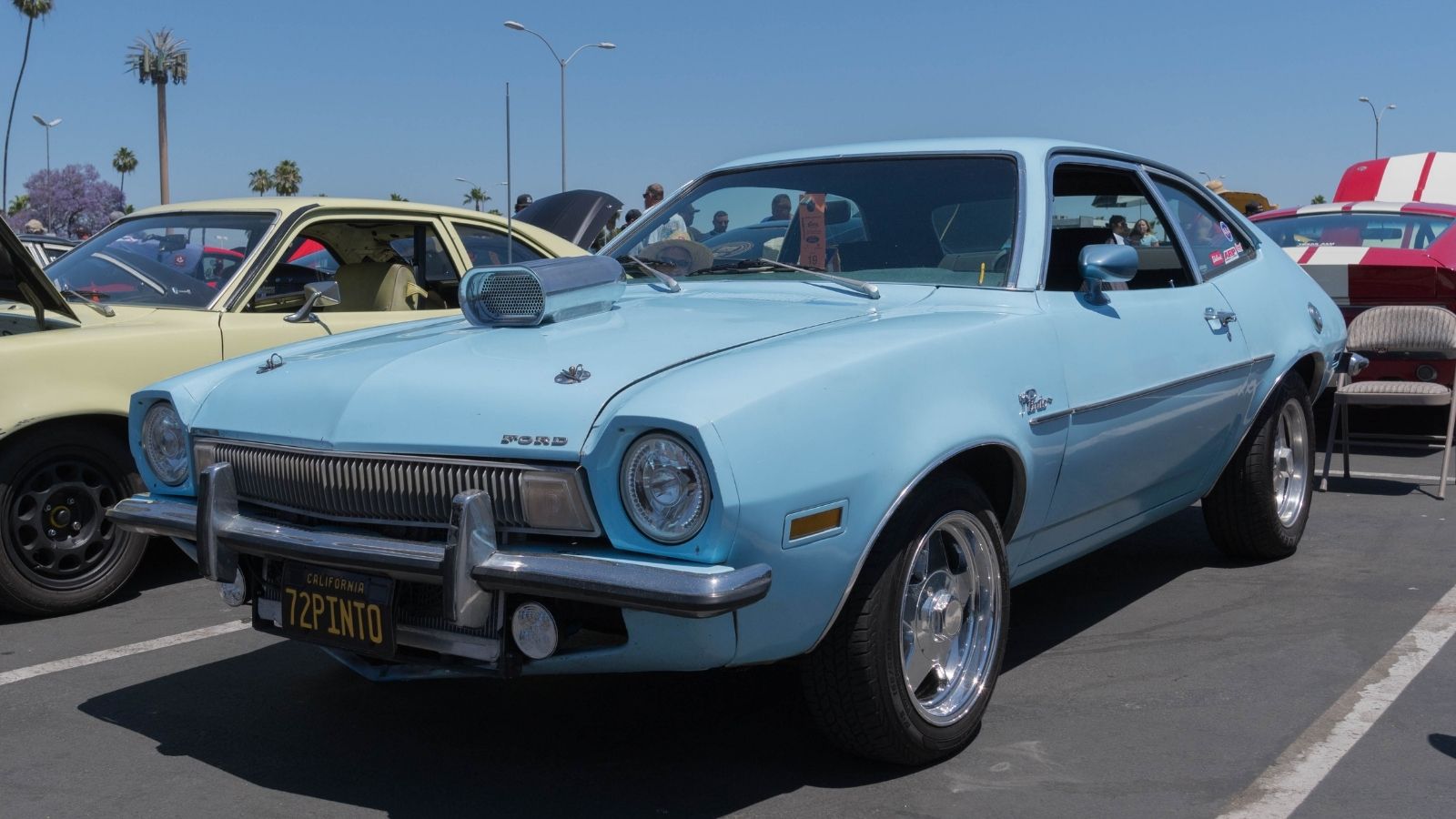
The 1971 Ford Pinto was advertised as a carefree car built for quality. This led many people to believe that the car was made to have exceptional quality and could withstand all kinds of conditions. However, the car was known to be like any other car without any extra high-quality measures. This advertisement would be considered to have misleading information that would even be deemed illegal in modern times.
1960 Lincoln Continental
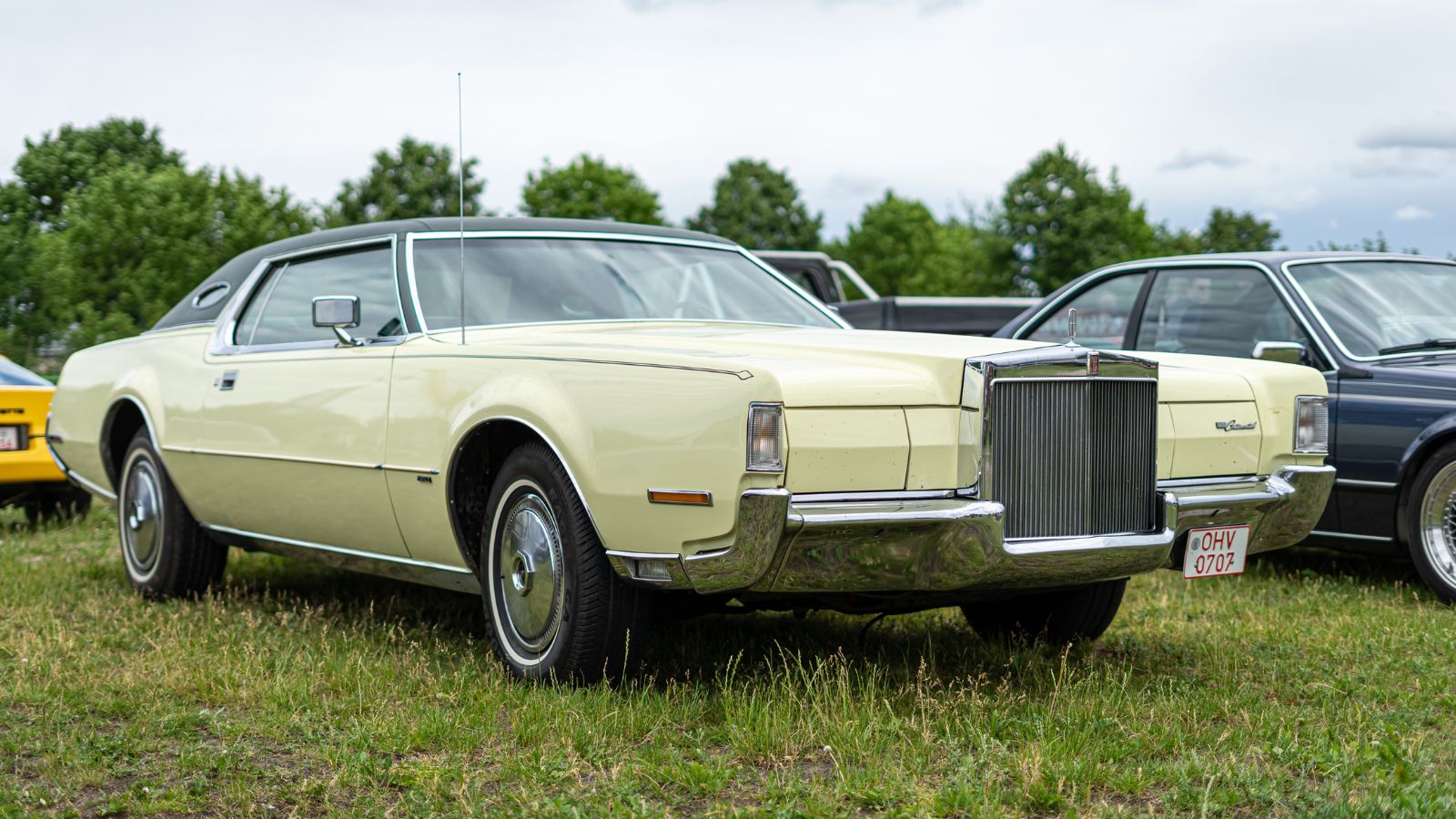
When the 1960 Lincoln Continental hit the markets, it was advertised as the peak of perfection in terms of American cars. The car had many great features, especially for a car made in the 1960s, yet it was far from perfect. Many would consider the advertisement to have misleading information, which would be illegal by modern standards. A car at the peak of perfection is a tall claim to make, which many modern cars still have not reached.
1968 Jaguar XKE
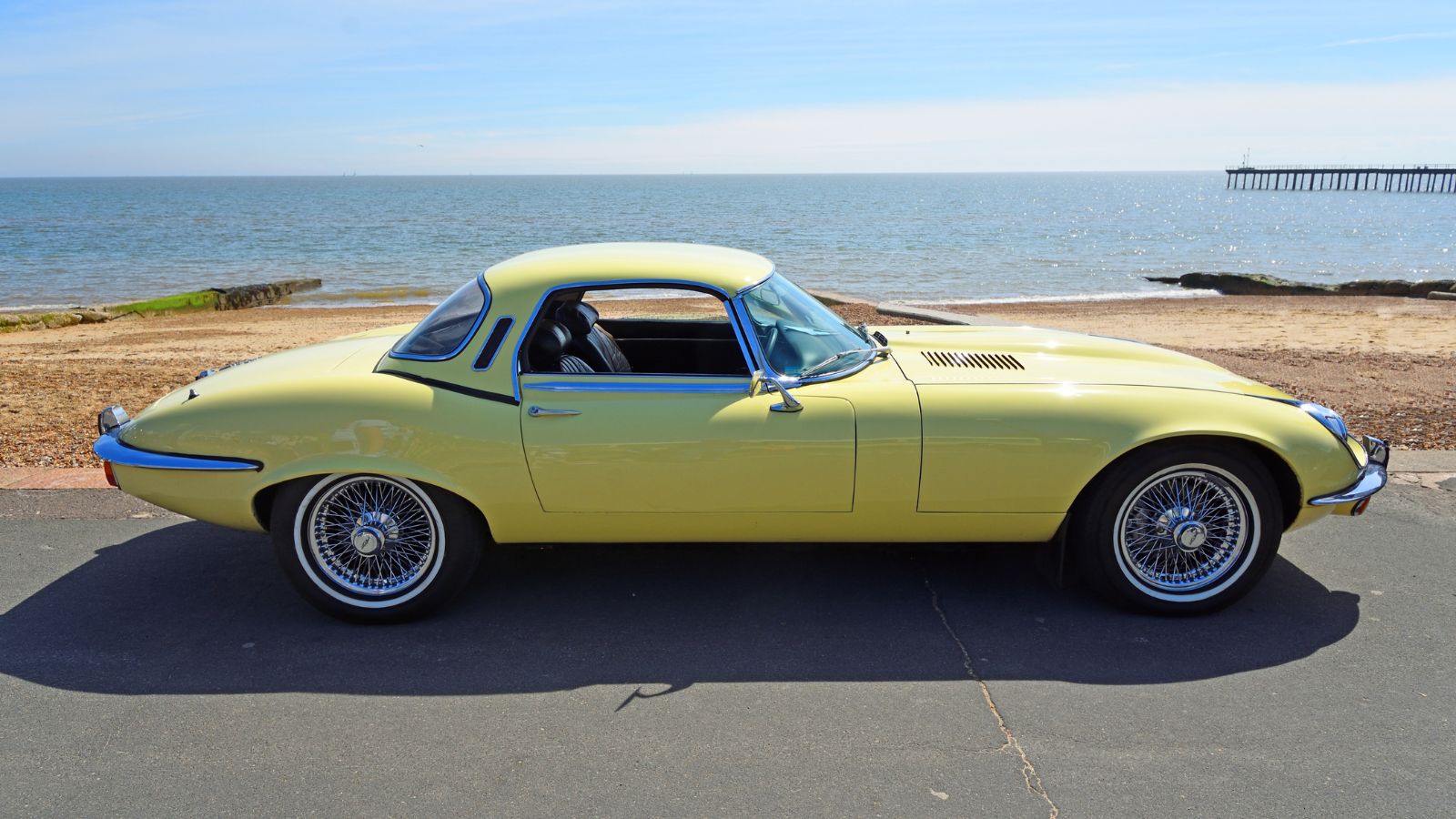
The 1968 Jaguar XKE was advertised to be one of the most potent imported cars to be sold in the US, meeting all the safety requirements and exceeding expectations of any car in the country regarding design. The advertisement for the car made it seem like it was way ahead of its time and had unmatched capabilities in terms of design and power. However, although the car was a great car to drive, it was not far beyond what one could imagine for a car and would lead many to call the advertisement misleading.
1954 Packard Caribbean
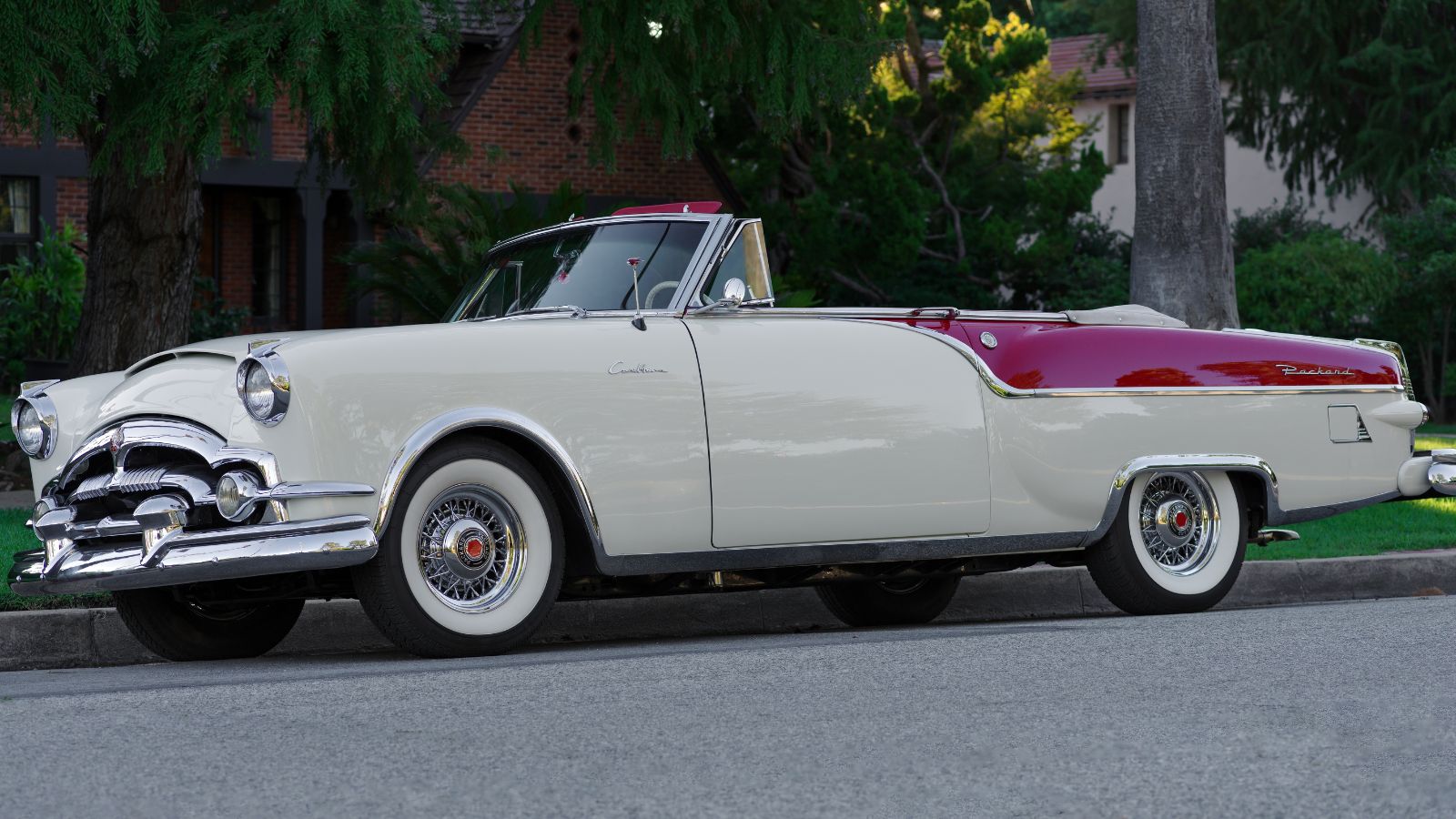
Expected to become a top luxury and fine car, the 1954 Packard Caribbean was deemed the most glamorous sports car in advertisements. The advertisement claimed that the car could draw attention and demonstrate its true potential and power that can provide “the smoothest getaway and easiest handling.” Although the car was remarkable for its time, it could not deliver all that the advertisement promised, leading the advertisement to have misleading information that would be deemed illegal by modern standards.
1959 Oldsmobile
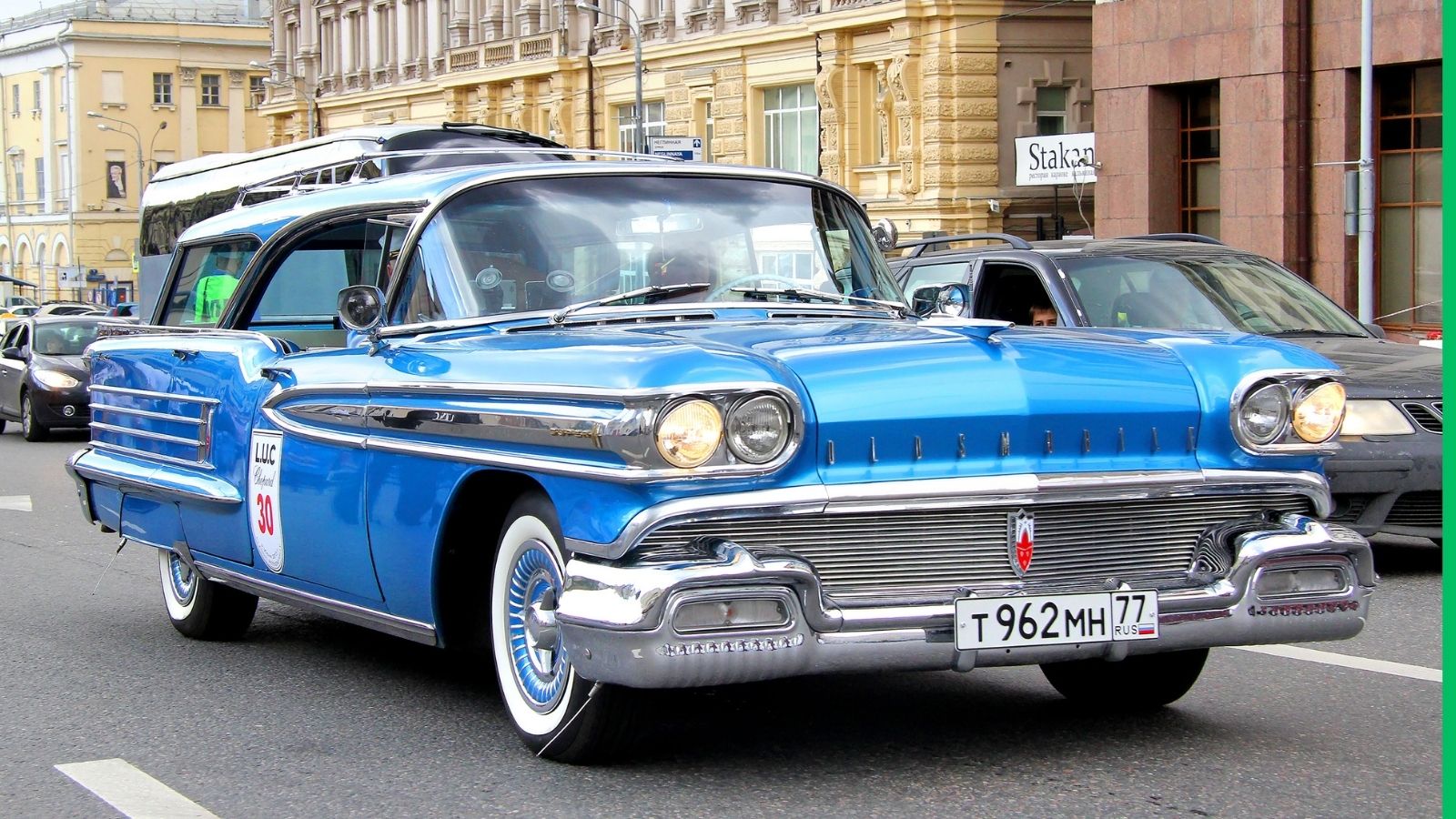
The 1959 Oldsmobile was a car claimed to be the “most efficient Rocket yet.” The advertisement helped to garner a lot of attention. However, the car could not live up to the advertisement’s claims. It was roomy and had safer brakes and improved visibility, as the advertisement said, but it did not seem to be the most efficient car as it would require the same upkeep as other cars, and its performance was at par with most cars of those times.
Plymouth Suburban 1957
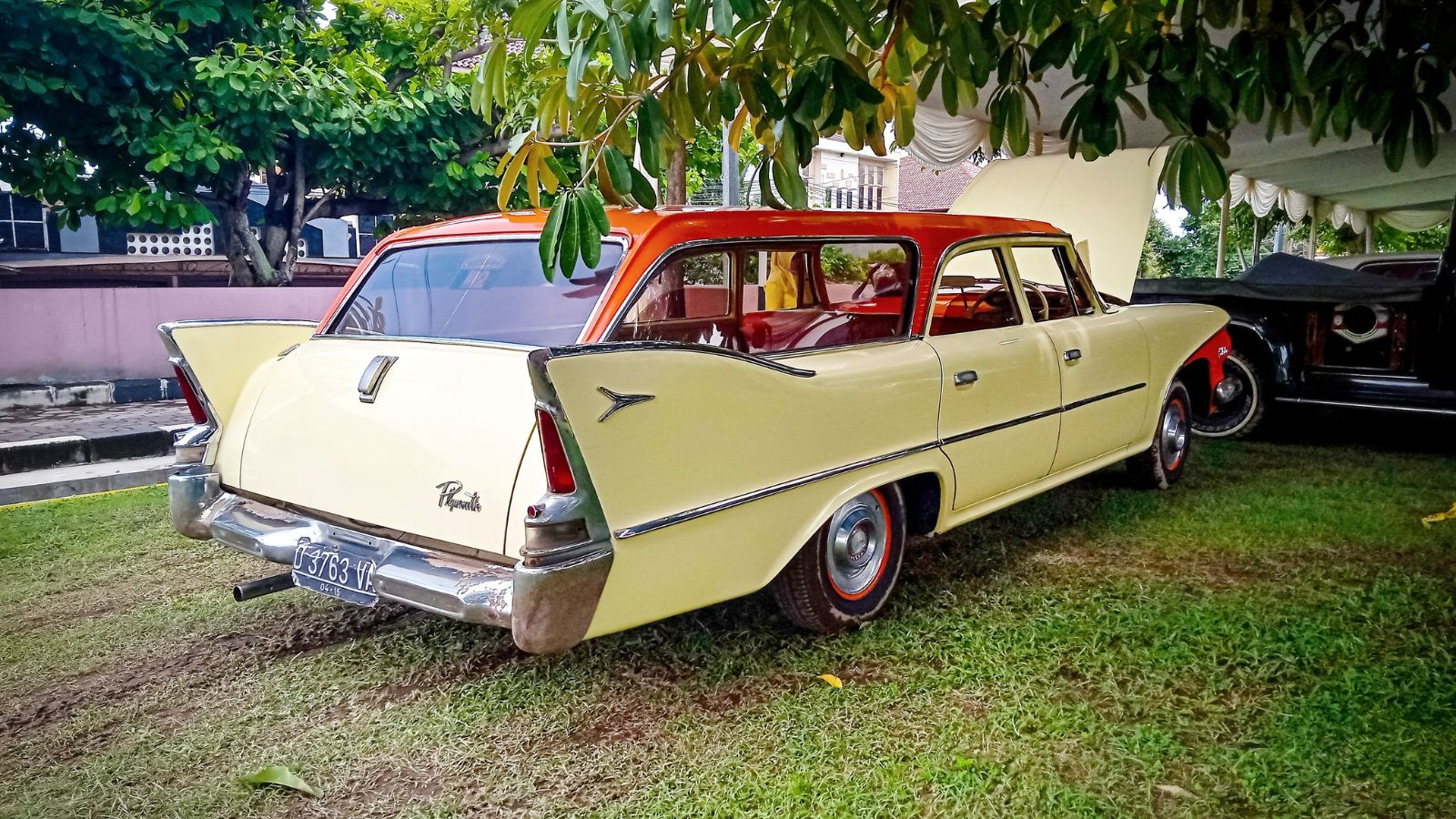
The Plymouth Suburban was a station wagon built for the whole family and could seat up to 9 people. The advertisement for the car claimed it was the most significant, longest, widest, and roomiest station wagon in the low-price range, which won many consumers over. However, these claims were quite far-fetched, as many other station wagons were just as big or as wide and roomy as the Plymouth Suburban 1957. This advertisement had misleading information and would be considered illegal advertising today.
1942 Oldsmobile
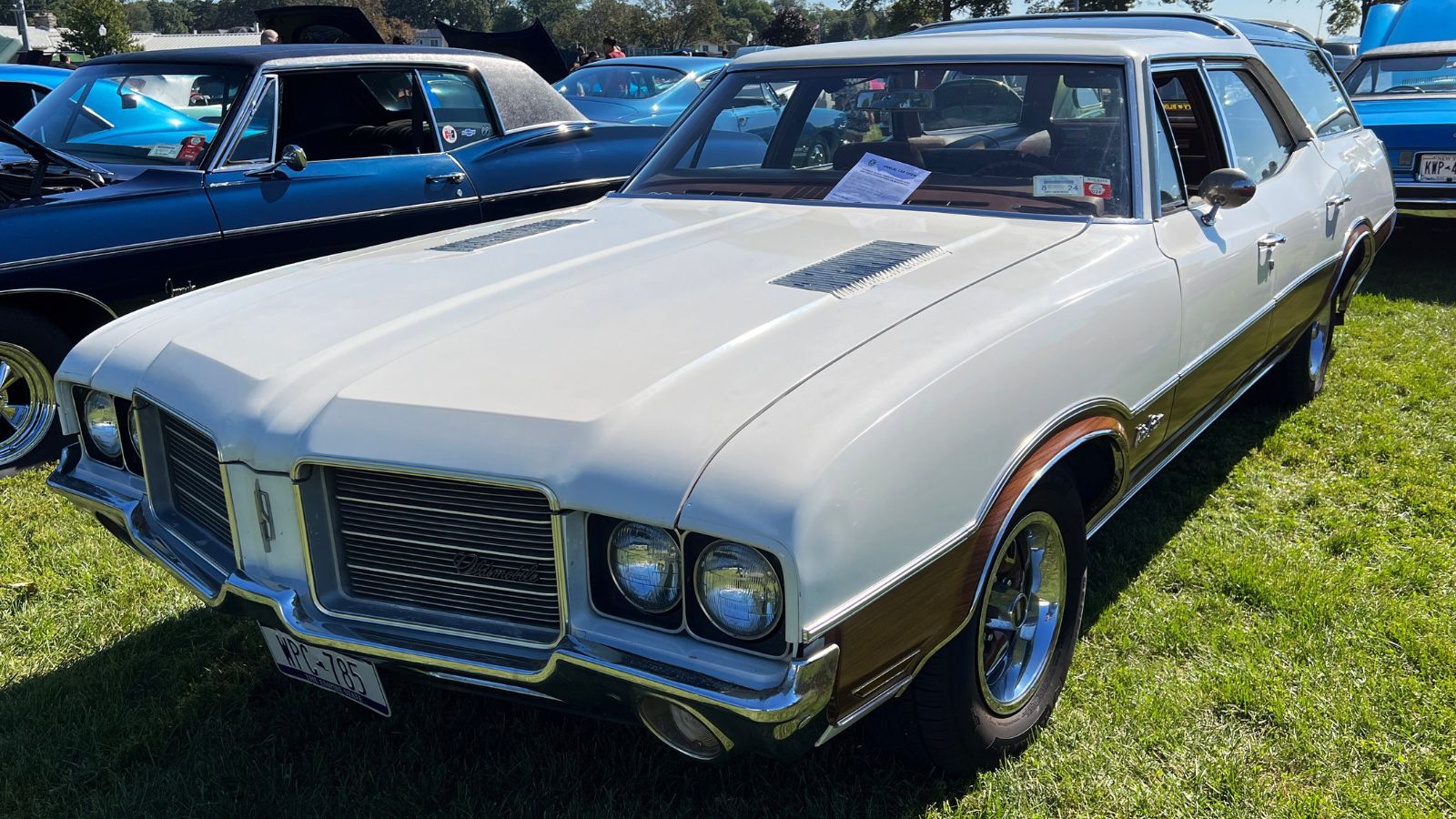
Many claims in the 1942 Oldsmobile advertisement would be regarded as misleading. The car claims to be better in several aspects, from its looks to its build, durability, and much more. Although the car was reliable, it was not better than other cars in terms of the factors it claimed to be better. Including such information in the advertisement would mislead many consumers who may feel they were led to buy the car on pretenses.
1950 DeSoto
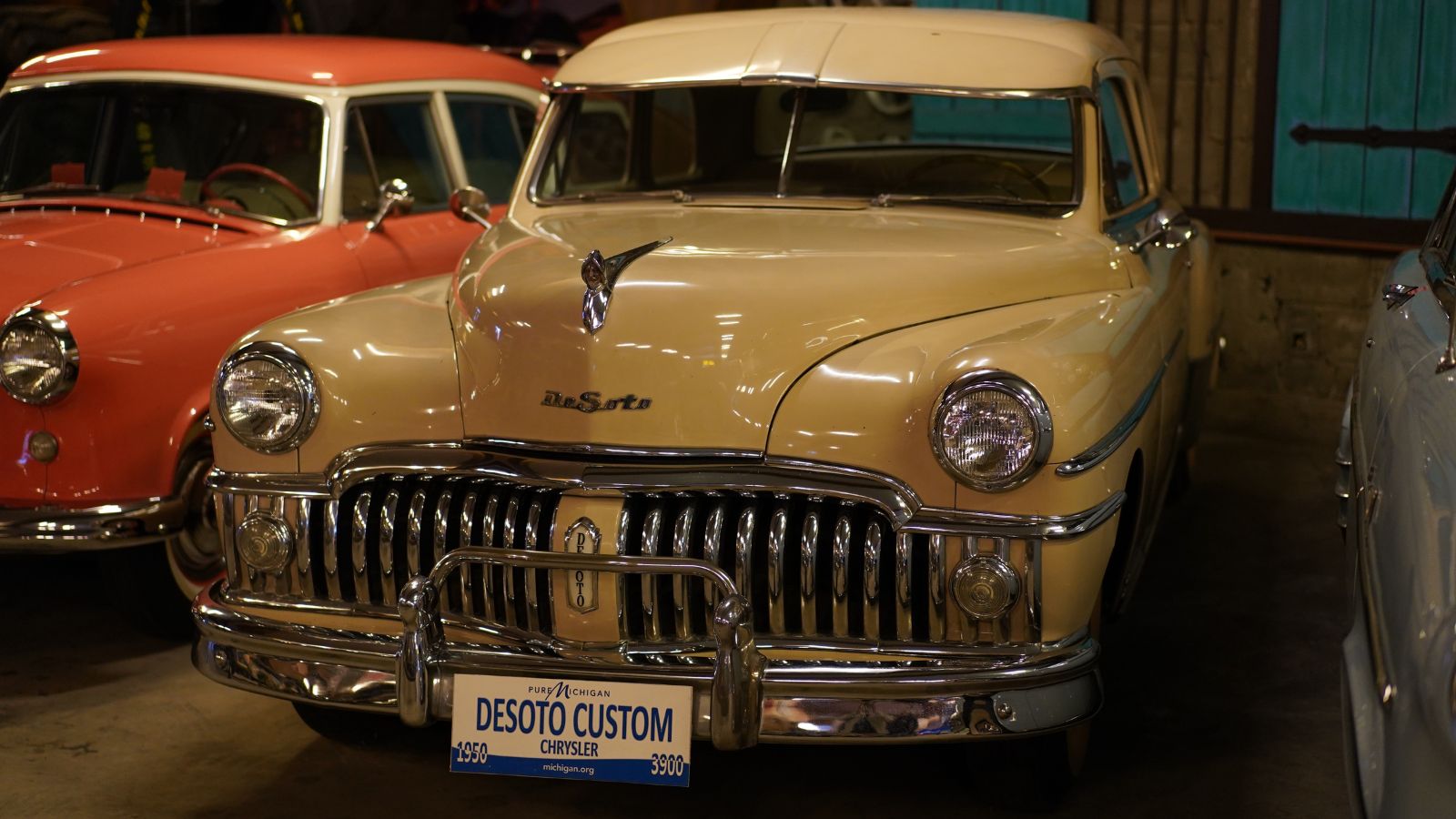
The 1950 DeSoto advertisement claimed to deliver a car that would provide a distinctive thrill for drivers. The advertisement claimed that the car provides “the ultimate in roomy comfort and safety,” which seemed quite difficult for a car made in the 1950s to achieve, especially in terms of vehicle safety standards. Today, using such phrases would be considered misleading information and would be deemed illegal by many.
1974 Mercedes-Benz 450SLC
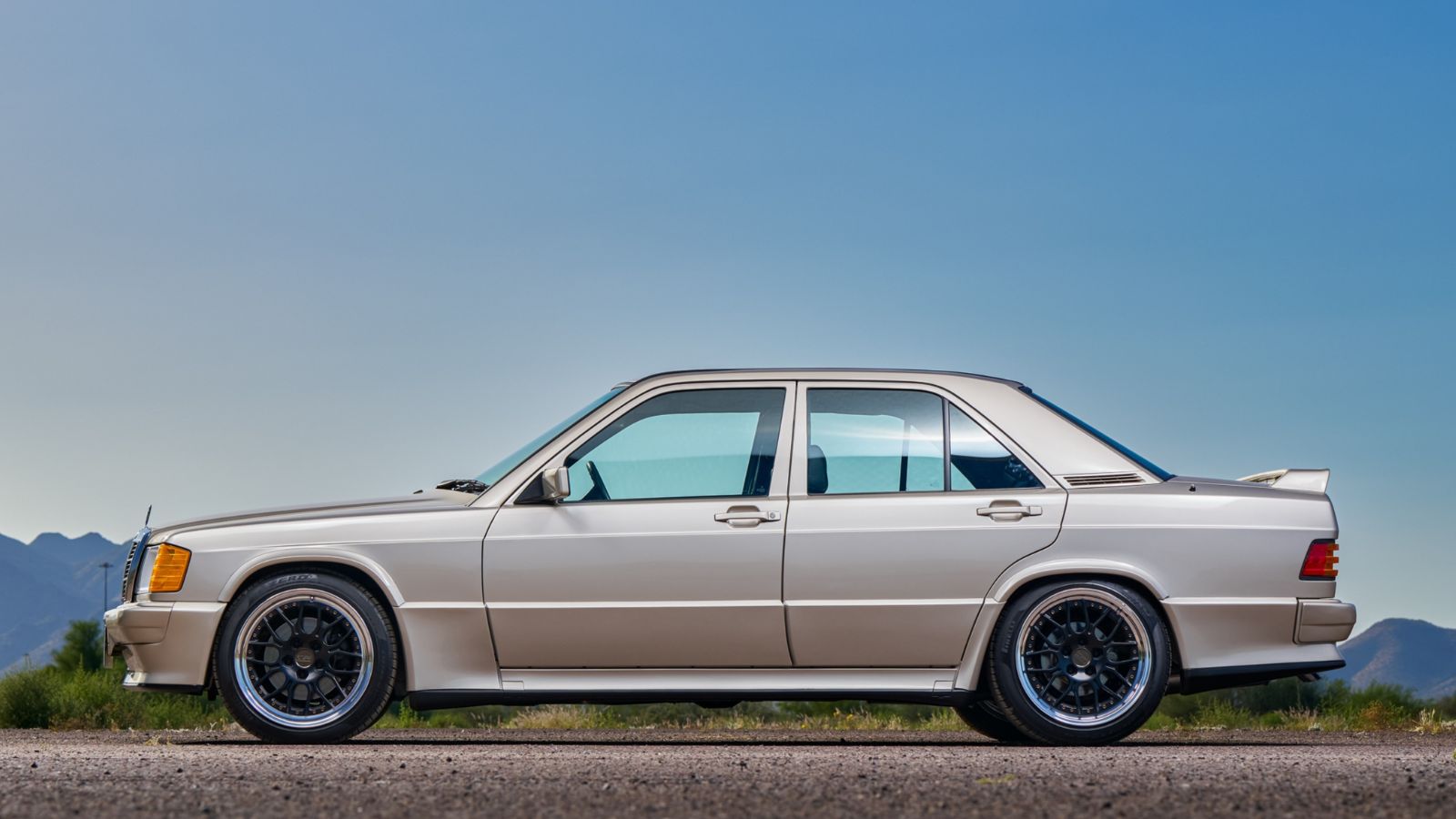
When it first hit the market, the 1974 Mercedes-Benz 450SLC garnered a lot of attention for its practical design. However, its advertisement claims that the car delivers “exceptional handling, safety, and comfort.” The car may have provided an effortless driving experience, but exceptional safety and comfort would be unattainable, especially for a car made in the 1970s. Making such claims would be considered misleading, and the advertisement would be illegal for false information.
1975 Vega
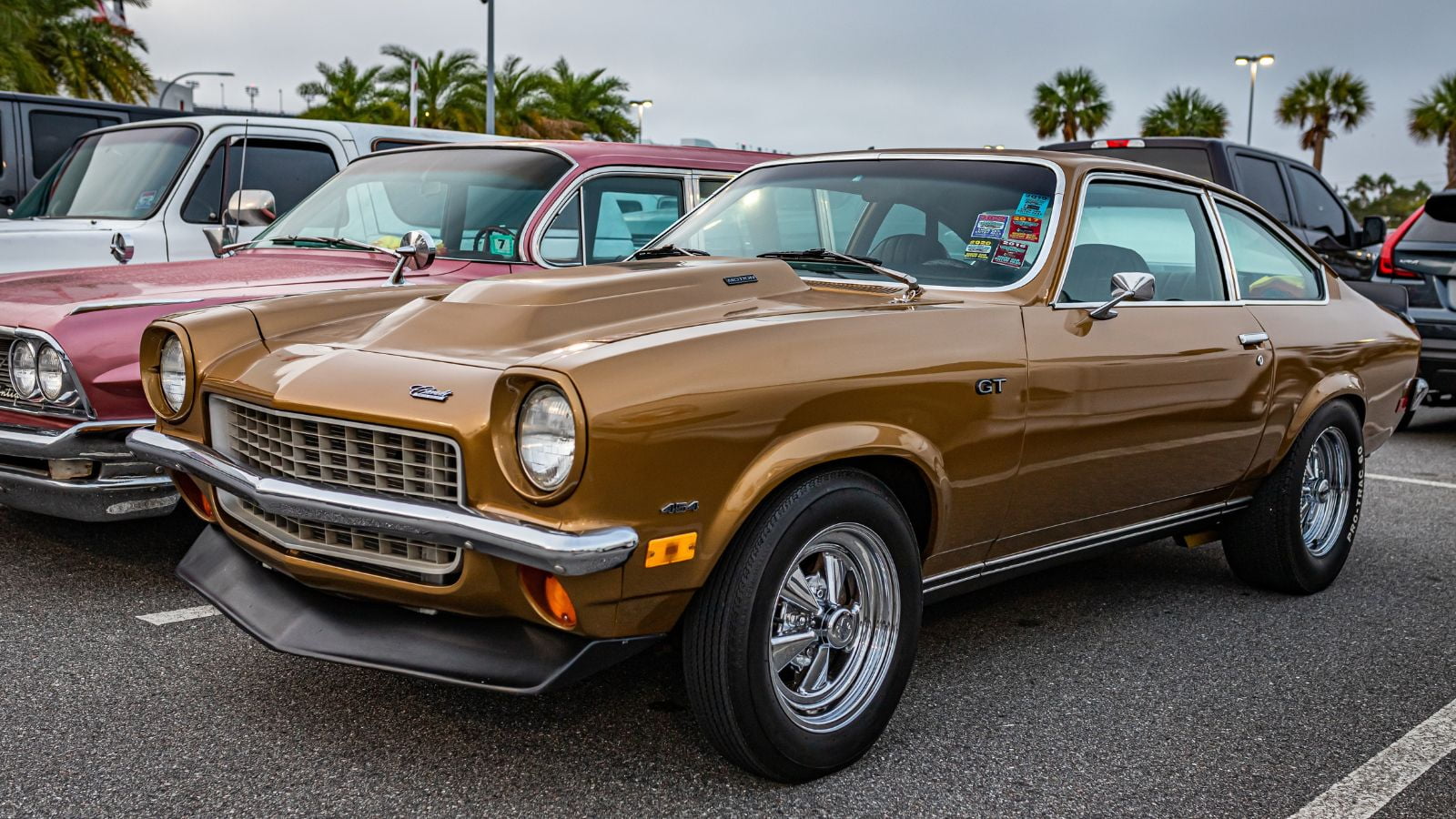
The 1975 Vega was marketed as an economical, fun, and comfortable car. Its engine was advertised as having large capabilities and the ability to take drivers for a long drive on a gallon of gas. However, this claim was considered misleading, as the car performed like most cars available in the market at the same time. It could have performed better in fuel efficiency or fuel economy, which made the advertisement quite misleading.
1971 Chevrolet Nova
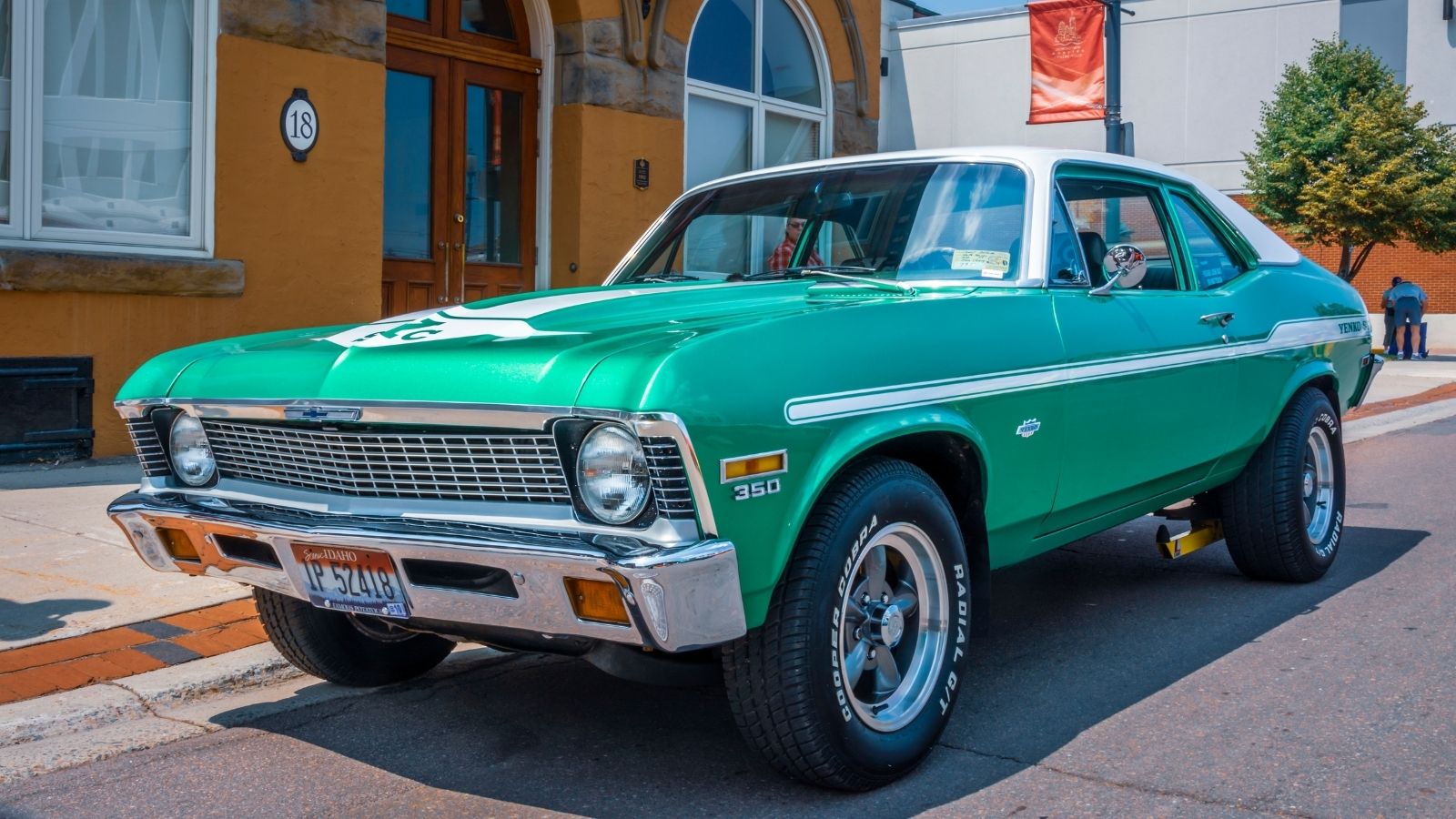
The 1971 Chevrolet Nova was designed to look like its predecessors in terms of design but provide better performance in the form of a “trouble-free” car. This phrase made it seem like the war would be able to withstand all kinds of conditions and would not require much maintenance and servicing. However, like other cars made during the same time, the 1971 Chevrolet Nova required just as much maintenance as was generally required for other cars and, therefore not very “trouble-free.” This kind of misleading information would be considered illegal today.
1951 Mercury Coupe

The 1951 Mercury Coupe advertisement made many claims about the car’s extraordinary performance and ability to provide dependable driving. It also stressed the car’s balance in terms of design and value. The advertisement seemed to increase the expectations of many consumers who were misled into purchasing the car and expecting more than what they got.
14 Supercars Under $100K That Deliver Breathtaking Speed and Style
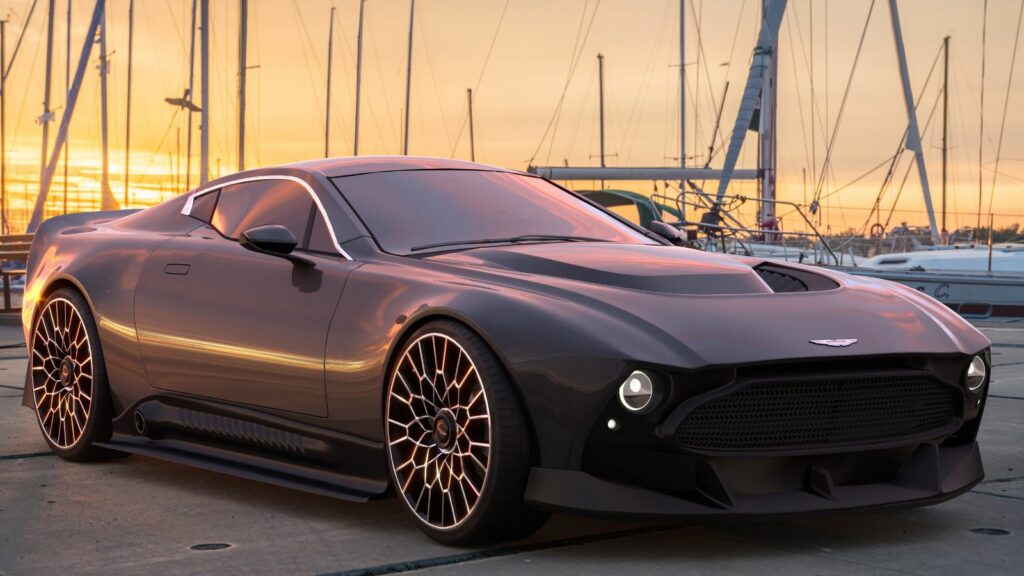
When you think of supercars, names like Ferrari, Lamborghini, and McLaren often come to mind, along with their staggering price tags. However, high-performance vehicles aren’t exclusively reserved for the super-rich. There exists a sweet spot where speed, style, and (relatively) sensible pricing converge, offering thrilling rides without completely obliterating your bank account. Hop in as we explore 14 underrated supercars under $100K.
14 Supercars Under $100K That Deliver Breathtaking Speed and Style
